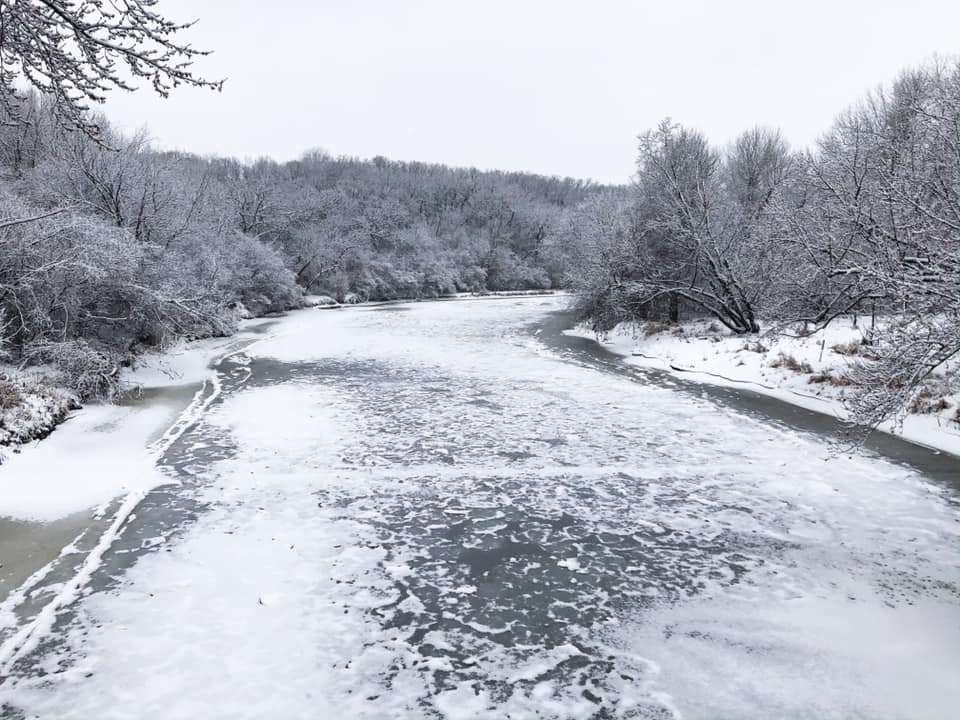Home / Environment / South Dakota's Expanding Growing Season Brings Evolving Risks
South Dakota's Expanding Growing Season Brings Evolving Risks
14 Nov
Summary
- First freeze dates in South Dakota trending 1.4 days later per decade
- Longer growing season boosts corn production to record levels
- Later freezes increase wildfire, pest, and weed management challenges

According to the latest data, South Dakota's growing season has been steadily expanding, with first freeze dates now arriving 12 days later in Sioux Falls, 13 days later in Mitchell, and 7 days later in Rapid City compared to the 1970s. Statewide, the trend is 1.4 days later per decade, a change consistent with climate models projecting the effects of rising greenhouse gas emissions.
This extended growing season has allowed South Dakota farmers to harvest over 1 billion bushels of corn this year, the largest amount in state history. However, the later first freezes also bring new challenges, including an elevated risk of wildfires, as well as increased problems with pests and weeds that can persist longer without a "killing frost."
Meteorologists warn that the drier conditions in western South Dakota, combined with warmer temperatures, create an elevated fire risk if the grass is not covered by snow. Experts also note that the later freeze dates allow more generations of insects like grasshoppers and mosquitoes to thrive, increasing the risks of diseases like West Nile virus. Weed management has also become more difficult, as the extra weeks without a freeze allow weeds to produce more seeds, compounding the problem for the following year.



